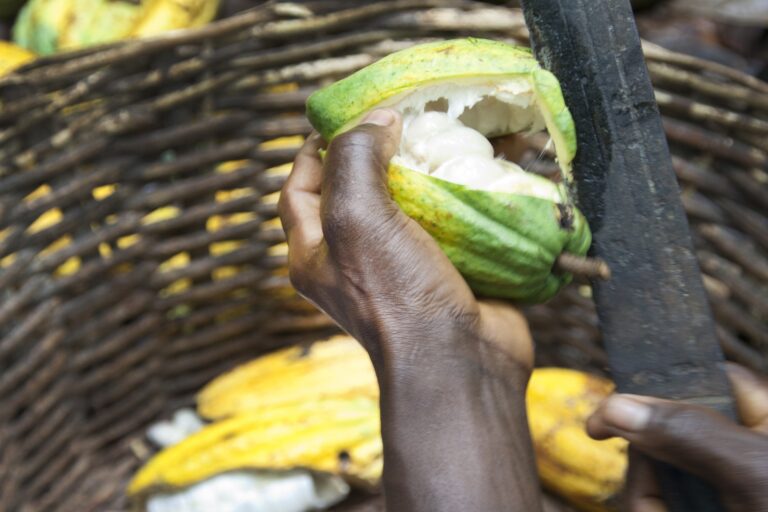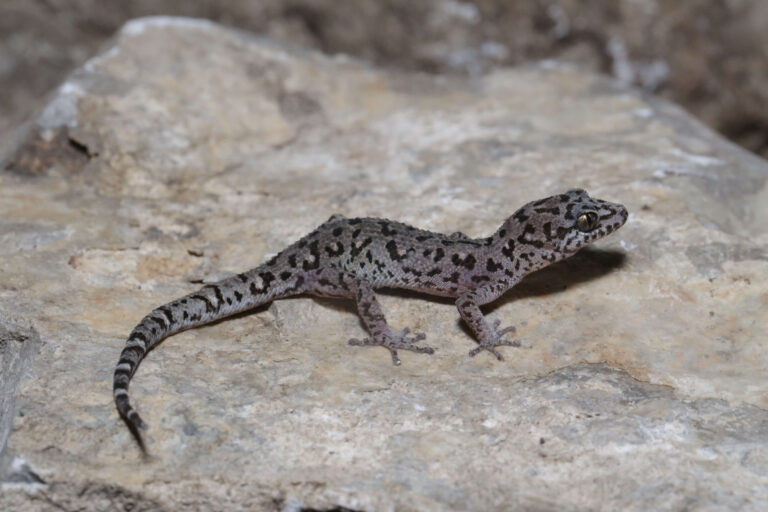- China has taken a special interest in deepening ties with Latin America over the last twenty years, providing billion in loans for mines, electric grids, trains and roads. But many of the country’s projects ignore regulations protecting the environment and local and Indigenous peoples.
- A report delivered this month to the U.N. Committee on Economic, Social and Cultural Rights explores 14 cases from nine Latin American countries in which there was some example of an environmental or human rights violation.
- The cases include mines, hydroelectric dams, oil fields, trains and animal processing plants across Argentina, Bolivia, Brazil, Chile, Colombia, Ecuador, Mexico, Peru and Venezuela.
MEXICO CITY — China has taken a special interest in deepening ties with Latin America over the last twenty years. It’s provided well over $100 billion in loans for the construction of hundreds of local infrastructure projects, from electric grids and trains to bridges and roads. It’s funded new oil fields and the mining of gold, copper and lithium. And it’s established important free trade agreements with countries like Chile, Costa Rica and Peru (and possibly Ecuador later this year) in what looks like a push to become the region’s most important trade partner.
At the same time, China is expected to slow development in Latin America this year, due in part to countries’ struggles to repay some of the loans. But for many conservationists, the damage has already been done. Projects tied to the country have been accused of environmental destruction and human rights violations, most notably against Indigenous and local communities. And many Chinese projects tend to disregard basic regulations meant to prevent deforestation and pollution, critics said.
Not every project is an offender, of course. But the list of ongoing grievances has become long enough that conservationists are sounding an alarm about how China operates in the region. A report delivered this month to the U.N. Committee on Economic, Social and Cultural Rights included 14 cases from nine Latin American countries in which there was some example of an environmental hazard or human rights violation.
The cases include mines, hydroelectric dams, oil fields, trains and animal processing plants across Argentina, Bolivia, Brazil, Chile, Colombia, Ecuador, Mexico, Peru and Venezuela. “In every case, these corporate abuses take place in fragile ecosystems that, on the whole, lack adequate environmental impact studies and result in significant environmental damage that affects people’s right to enjoy a healthy environment, water and access to food,” the report said.

One of the most common concerns in the report is the impact on freshwater. Ten of the cases include evidence of discharged sewage, use of cyanide, oil spills, the dumping of mineral deposits or irresponsible disposal of antibiotics. Mongabay has also covered other projects — such as erosion resulting in oil spills at the Sinclair hydroelectric plant in Ecuador — that have contributed to similar water contamination problems in other parts of the region.
In other cases in the report, especially hydroelectric dams and some mines, there’s concern that operations will interrupt the flow of rivers or even use up too much of the river water, resulting in future droughts.
Not only does that negatively affect local ecosystems, the report said, but it deprives residents of drinking water that was often already scarce to begin with. The Marcona mine in Peru, overseen by the Shougang Group and financed by the Industrial and Commercial Bank of China (ICBC), was pumping so much water for its daily operations that it had to distribute additional containers to residents. Shougang and ICBC didn’t respond to Mongabay’s request for comment.
Ten of the 14 cases also failed to meet environmental regulations, whether that be rushing through preliminary studies about a project’s impact on surrounding ecosystems, using outdated studies or not carrying out the studies at all. In some cases, studies were done correctly but then the parameters of construction were changed without new studies being carried out, meaning builders were moving forward without knowing what exactly it would do to the environment.
The report highlighted a hydroelectric dam in Santa Cruz, Argentina, where the environmental impact studies were carried out “in a hasty manner,” not fully considering a large freshwater reserve and the flight patterns of endemic birds. As a result, a retaining wall in the dam cracked in 2019, forcing the builders to redesign the project.
But perhaps the largest impact that Chinese development projects have had is on local and Indigenous communities. Ten of the 14 cases include some conflict on or near Indigenous land, the report said, despite companies knowing people there tend to reject any projects that could threaten the environment.
“Chinese investors and financiers do not comply with due diligence processes, and decide to carry out business activities in areas with a documented high potential for social conflict and environmental risks,” it said.

Eleven of the cases saw a failure to carry out proper prior consultation processes with local and Indigenous communities, meaning officials didn’t meet with residents to discuss the details of the project or give them a say in how it would be carried out. In Ecuador, the San Carlos-Panantza mine compromises around 70% of the ancestral territory of the Indigenous Shuar Arutam peoples. The country’s supreme court ruled they were improperly consulted before the mine was opened.
“If states are responsible for respecting these basic rights then companies and financial actors should be respecting them, too,” said Raphael Viana David, a China and Latin America Advocate at the International Service for Human Rights (ISHR), at the report’s presentation in Geneva this month.
The Collective on Chinese Financing and Investments, Human Rights and Environment (CICDHA), a coalition of environmental and human rights groups from across Latin America, authored the report with the ISHR. Their report is part of an annual review of China’s human rights record as a member of the International Covenant on Economic, Social and Cultural Rights.
They urged the Chinese government to make several improvements to the way it does business in Latin America, including requiring Chinese banks and companies working abroad to establish spaces for dialogue with communities and to be more resolute in providing reparations for the negative impacts inflicted on them. The government should also implement better oversight mechanisms to make sure banks and companies actually comply with the requirements, the report said.
It also urged Chinese companies not to enter into private security agreements with local police or military when trying to protect their work sites, which in some cases led to escalated violence between residents and companies.
One way to help avoid violent altercations, the report said, would be to allow embassies to work as a formal communication channel between Chinese companies and local entities in Latin America. Currently, civil society and advocacy groups concerned about the environmental and human rights risks of a project have no way of raising their concerns with regulators in China.
“A proactive and regular communication would be of great help to avoid and mitigate the environmental and social conflicts created by the projects,” the report said.
Banner image: A bulldozer at the Marcona mine in Peru. Photo courtesy of San Martin.
FEEDBACK: Use this form to send a message to the author of this post. If you want to post a public comment, you can do that at the bottom of the page.














